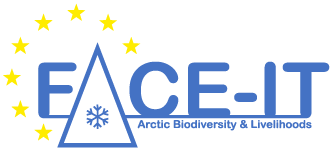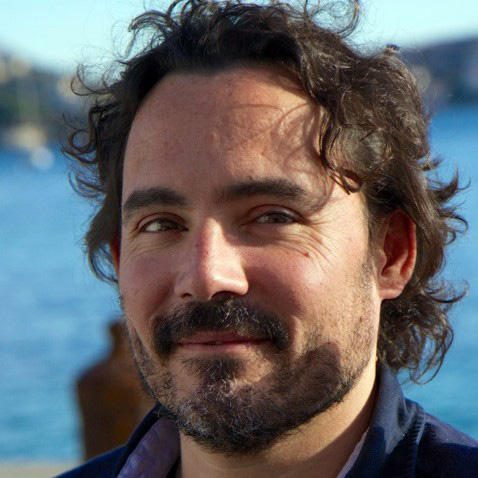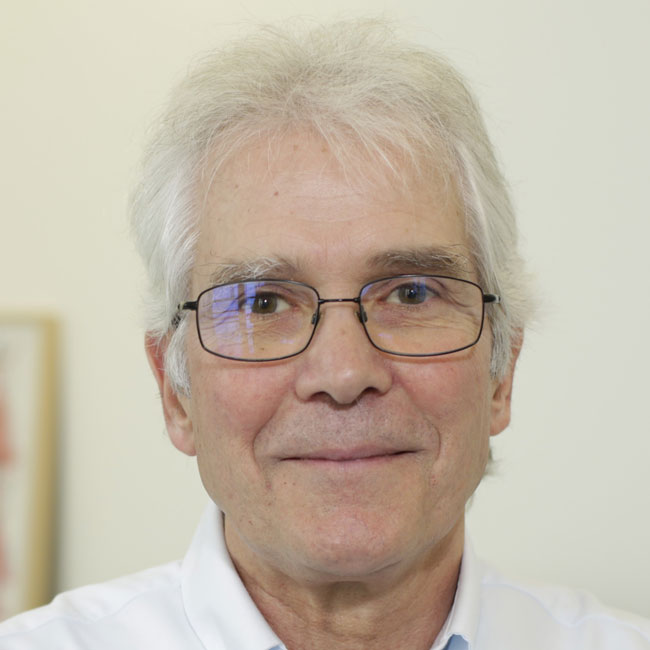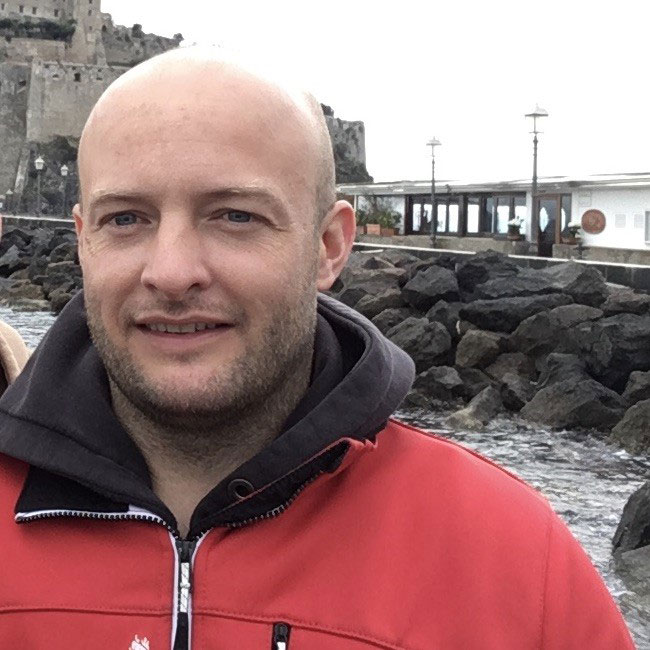Productivity of mixed kelp communities in an Arctic fjord exhibit tolerance to a future climate
[Published 23 April 2024]
Scientific Publications
Abstract
Arctic fjords are considered to be one of the ecosystems changing most rapidly in response to climate change. In the Svalbard archipelago, fjords are experiencing a shift in environmental conditions due to the Atlantification of Arctic waters and the retreat of sea-terminating glaciers. These environmental changes are predicted to facilitate expansion of large, brown macroalgae, into new ice-free regions. The potential resilience of macroalgal benthic communities in these fjord systems will depend on their response to combined pressures from freshening due to glacial melt, exposure to warmer waters, and increased turbidity from meltwater runoff which reduces light penetration. Current predictions, however, have a limited ability to elucidate the future impacts of multiple-drivers on macroalgal communities with respect to ecosystem function and biogeochemical cycling in Arctic fjords. To assess the impact of these combined future environmental changes on benthic productivity and resilience, we conducted a two-month mesocosm experiment exposing mixed kelp communities to three future conditions comprising increased temperature (+ 3.3 and + 5.3°C), seawater freshening by ~3.0 and ~5.0 units (i.e., salinity of 30 and 28, respectively), and decreased photosynthetically active radiation (PAR, – 25 and – 40 %). Exposure to these combined treatments resulted in non-significant differences in short-term productivity, and a tolerance of the photosynthetic capacity across the treatment conditions. We present the first robust estimates of mixed kelp community production in Kongsfjorden and place a median compensation irradiance of ∼12.5 mmol photons m-2 h-1 as the threshold for positive net community productivity. These results are discussed in the context of ecosystem productivity and biological tolerance of kelp communities in future Arctic fjord systems.
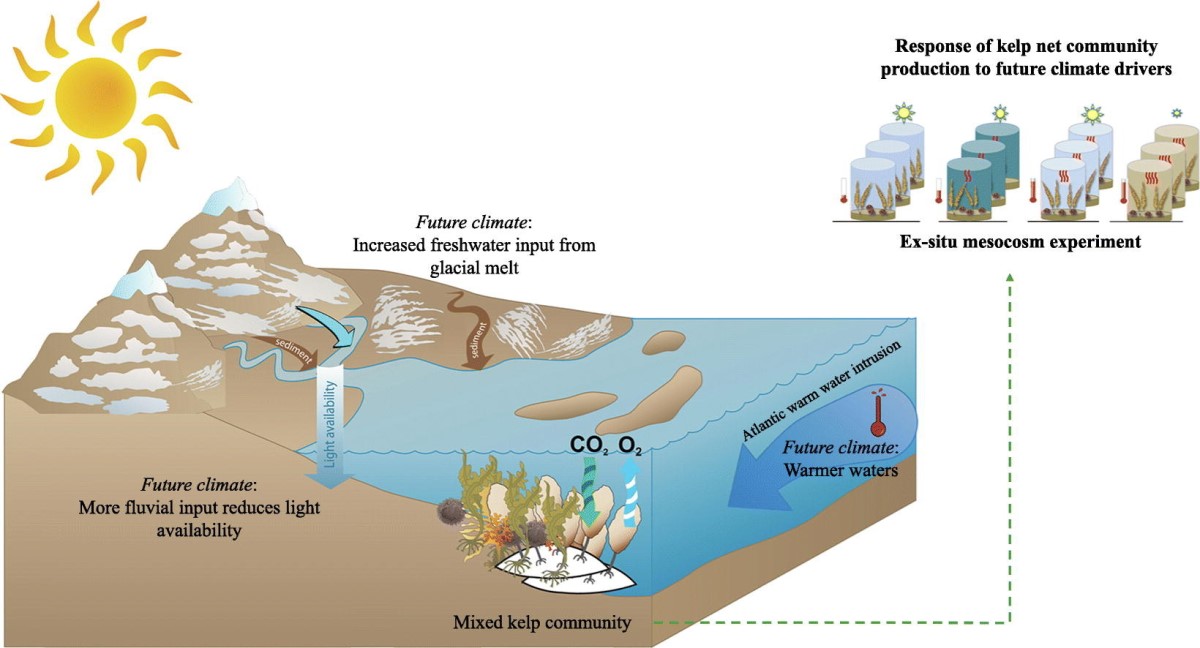
FACE-IT Scientists:
Cale MILLER
Sorbonne Université – CNRS, Laboratoire d’Océanographie de Villefranche, Villefranche sur Mer, France
Cale’s FACE-IT Projects
Role in FACE-IT:
• Researcher "Biodiversity Changes"
Anaïs LEBRUN
Sorbonne Université – CNRS, Laboratoire d’Océanographie de Villefranche, Villefranche sur Mer, France
ResearchGate
Role in FACE-IT:
• PhD student "Biodiversity Changes"
Jean-Pierre GATTUSO
Sorbonne Université – CNRS, Laboratoire d’Océanographie de Villefranche, Villefranche sur Mer, France
Personal page
Mastodon
Role in FACE-IT:
• Member of the Executive Board
• Leader "Identify Key Drivers and Data Management"
Robert Schlegel
Sorbonne Université – CNRS, Laboratoire d’Océanographie de Villefranche, Villefranche sur Mer, France
The Ocean Code
Role in FACE-IT:
• Researcher "Identify Key Drivers and Data Management"
